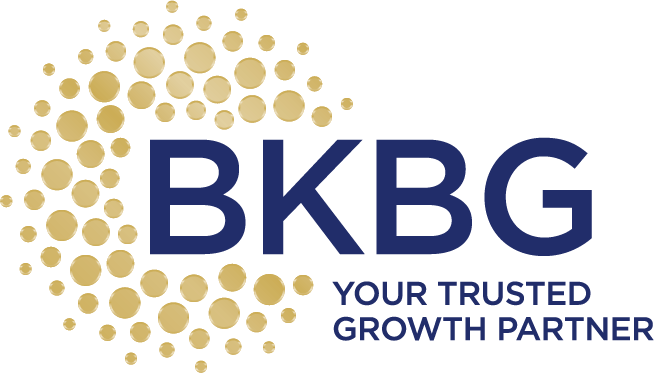What You Can Learn From Trivia Contests
My favorite coffee shop is closed for renovations. One of the employees, who has a disheartening resemblance to Charles Manson, explained that the shop was purchased by a national brand. He’s worried about his job, and rightfully so. When you look like Charles Manson, job opportunities are limited.
The store closed so the conversion can take place. I am not a fancy coffee drinker. I like coffee to taste like coffee. I drink regular with a little milk. Unless you are a coffee connoisseur, most people probably can’t tell the difference between Peet’s, Starbucks or coffee served at most other coffee houses. But I liked the coffee shop near my office a lot. It’s not the coffee. It’s not what Starbuck’s calls, “the third-place” effect. I like this coffee shop because every day the manager asks a trivia question. If you get it right, a dime is taken off your bill. What makes this coffee shop special is they deliver a different type of customer experience daily, because it gives customers a chance to be surprised and delighted. It’s not the dime that counts. It’s the thrill of victory. The satisfaction that comes from knowing the answer and being rewarded for your knowledge.
David Edelman, who leads digital efforts for McKinsey, writes that some people send or receive as many 3,000 messages a day. It takes quite a bit to stand apart and get noticed. Getting noticed does not always require spending oodles of cash interrupting customers to try and get their attention. It’s about creating a little magic and that’s what the local coffee shop did with its daily trivia.
Another example of a little bit of magic that surprises and delights customers comes from the Soho Grand Hotel in New York that offers its guests a pet goldfish in their room if they want one. How many other hotels do the same? If you can’t think of any, neither can I. That’s why offering a goldfish or sponsoring daily trivia is brilliant. Efforts that surprise and delight cause customers to talk about them, post them on social media and share them with friends and colleagues. No amount of advertising, blogging, social media or other marketing efforts are as effective or powerful as word of mouth.
How can you surprise and delight your customers? Here are several best practices uncovered by McKinsey principal Fabian Hieronimus.
- KISS: Keep whatever you do simple. Too many good ideas become muddied or unworkable because they require too much effort on the showroom or customer’s part. Look at how many manufacturers your sales professionals won’t sell because their catalogs are too difficult to navigate. The easier you make it for your customers to buy, the more likely they are going to buy from you. When you chart your customer’s journey, ask your team to identify the touchpoints where you can make the purchasing process easier.
- Create mystique. That’s easy for a kitchen and bath showroom because there is an element of exclusivity in shopping in a high-fashioned showroom. There are also benefits of having red cows in a showroom, products that no one else may have and may never sell but will get people talking. Sit down with your team to brainstorm ideas on how you can whet your customer’s appetites without serving a complete meal.
- Authenticity sells: Your customers are likely to know as much or as nearly as much about the products that you feature as your team does. Anything that you do that smacks of insincerity will send your customers walking.
- Exclusivity: Showrooms by their nature appeal to status seekers who want the best of the best. To many showroom shoppers, the perceived value of a product is tied to its price tag. That’s why it does not make a lot of sense to direct customers to lower priced products or to always feel the need to discount what you offer.
Meet with your team to discuss what you can do to create wowing moments in your showroom that customers want to post on their Facebook pages, share on Twitter or save to Houzz and/or Pinterest.
